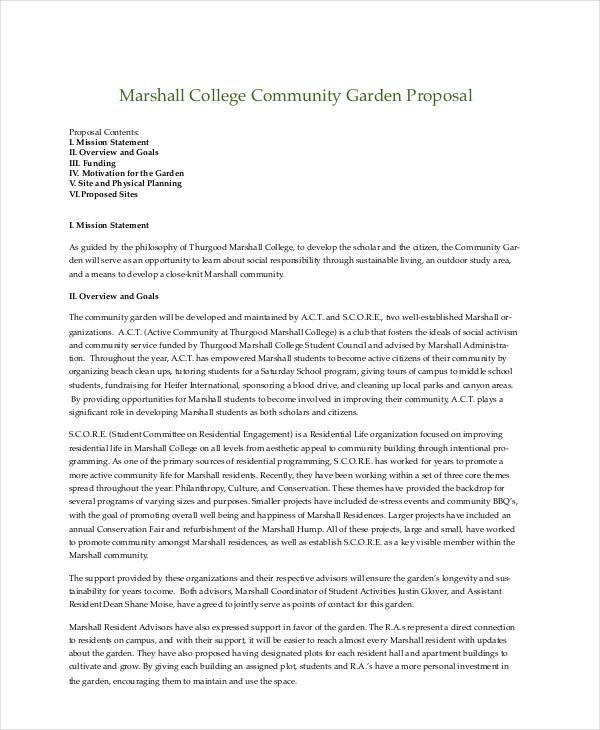
The test could offer a simple and easy way to diagnose and monitor various neurological diseases and disorders. Measuring the changes in pupil diameter is done by performing what’s called a pupil response test.

For example, pupil size increases when a person performs a difficult cognitive task or hears an unexpected sound. Pupil size can provide information about a person’s neurological functions, recent research has shown. “We hope that this opens the door to novel explorations of using smartphones to detect and monitor potential health problems earlier on.” student at UC San Diego and the first author of the paper, which received an Honorable Mention for Best Paper award. “While there is still a lot of work to be done, I am excited about the potential for using this technology to bring neurological screening out of clinical lab settings and into homes,” said Colin Barry, an electrical and computer engineering Ph.D. The technology is described in a paper that will be presented at the ACM Computer Human Interaction Conference on Human Factors in Computing Systems (CHI 2022), which will take place from April 30 to May 5 in New Orleans as a hybrid-onsite event. These pupil measurements could be used to assess a person’s cognitive condition. The app uses a near-infrared camera, which is built into newer smartphones for facial recognition, along with a regular selfie camera to track how a person’s pupil changes in size.

Researchers at the University of California San Diego have developed a smartphone app that could allow people to screen for Alzheimer’s disease, ADHD and other neurological diseases and disorders – by recording closeups of their eye.


 0 kommentar(er)
0 kommentar(er)
